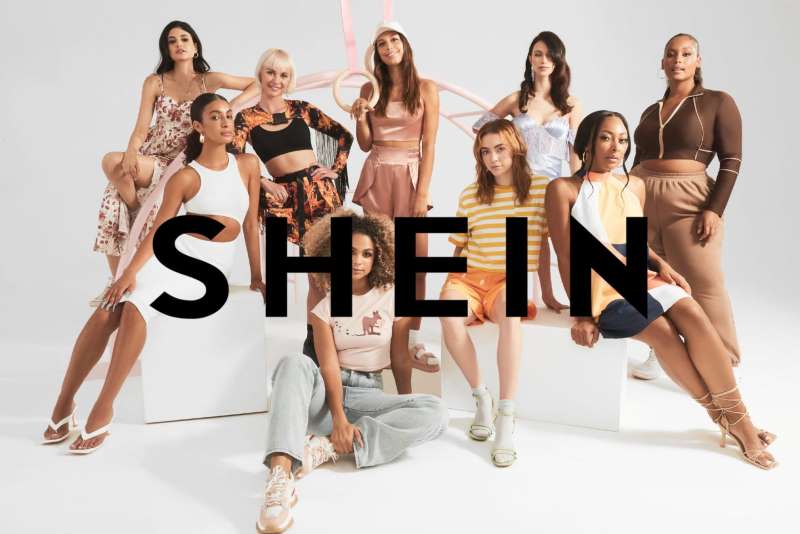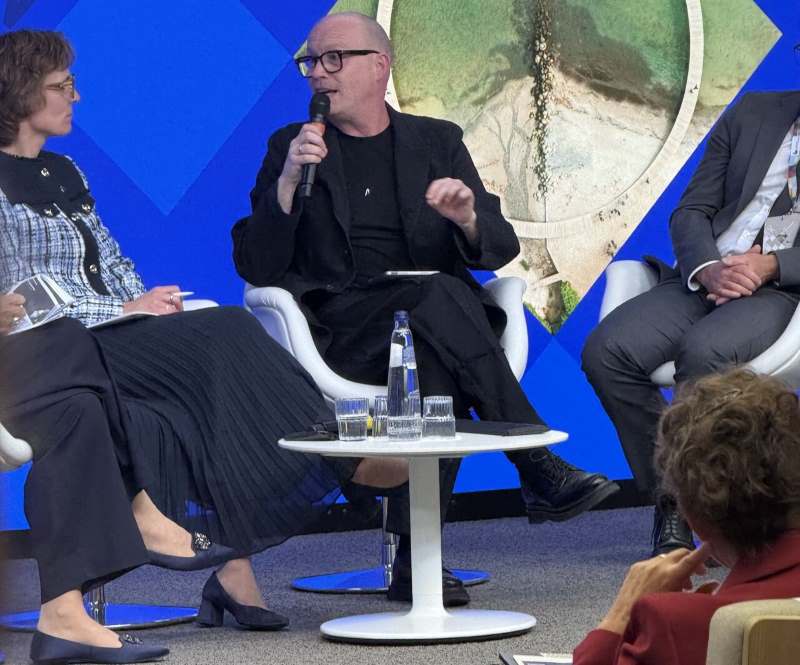"Textile Exchange recently released its largest Preferred Fibers & Materials Market Report. Among the participating companies, organic and other preferred cotton represent 47 per cent of total cotton usage, recycled polyester usage grew 58 per cent and lyocell usage jumped 128 per cent. In addition, preferred down, the majority of which is certified to TE’s Responsible Down Standard, increased by 54 per cent."

Textile Exchange recently released its largest Preferred Fibers & Materials Market Report. Among the participating companies, organic and other preferred cotton represent 47 per cent of total cotton usage, recycled polyester usage grew 58 per cent and lyocell usage jumped 128 per cent. In addition, preferred down, the majority of which is certified to TE’s Responsible Down Standard, increased by 54 per cent.
The report highlighted the early-adopters of organic cotton are broadening their horizons, setting and publicly disclosing ambitious targets for preferred cotton and recycled polyester, and committing to forest policies. They are also exploring new areas of innovation such as biosynthetic fibers. The bio-economy encompasses the production of renewable biological resources and the conversion of these resources and waste streams into value-added products, such as food, feed, bio-based products and bioenergy. For the textile industry, the shift from petrochemical-based synthetic fibers to bio-based is in its infancy, with bio-based polyester being the most well developed. Scaling production is underway with brands such as Adidas, The North Face and Tierra supporting pilots with suppliers such as Toray, Far Eastern New Century, Spiber, SM Silk and Bolt Threads, the report noted.

More companies are managing a portfolio mix of fibers rather than focussing on an individual one and they are beginning to mobilise and gear up for circularity. About 24 per cent of companies have already developed a circular textiles strategy and 57 per cent have a circularity strategy under development.
Sustainable development goals
The impact data reflects that adoption of preferred fibers and materials can advance many of the Sustainable Development Goals, particularly SDG 12, which focusses on responsible consumption and production. Nearly 30 per cent of the reporting companies are aligning corporate strategy to the SDGs. Felipe Arango, partner, BSD Consulting, said that textiles tie directly to several of the SDGs and responsible practices by the textile industry can contribute significantly to achieving these goals. In addition to a new Circular Textiles component in TE’s PFM Benchmark Program, the recycled polyester (rPET) Working Group is aiming to facilitate the transition toward circularity in the use of polyester.
Karla Magruder, Founder, Fabrikology and rPet Working Group lead, highlighted that Textile Exchange’s Working Groups are focused on leading the industry toward a portfolio of preferred fibers. This includes pulling waste out of the environment for recycled synthetics, using more sustainable growing methods for cotton, deriving feedstocks from bio-based materials and processing cellulosics in an environmentally safe way. This work combined with support for new technologies that enhance the ability to deliver these feedstocks and manufacturing systems effectively will drive the industry towards the circular economy and a future we can all enjoy.
Who leads the bandwagon
Nike tops the list in the use of Recycled Polyester, followed by The North Face, Decathlon, H&M, Target, Patagonia, Williams-Sonoma, Timberland, M&S and Woolworths. The North Face has increased its usage the most, while Under the Canopy is top in closing the gap between the share of recycled and virgin polyester consumption. In terms of volume, H&M tops the list, followed by Ikea, C&A, Nike, Adidas, Levi Strauss & Co., M&S, Tchibo, Jack Jones and Woolwoorths. Asos has registered the largest growth, while Green Fibers tops in closing the gap between the share of preferred and conventional cotton.
C&A tops the board for the use of organic cotton, with H&M, Tchibo, Nike and Inditex rounding out the top five, while Boll & Branch has increased its usage the most and Green Fibers also tops the ‘Race to the Top’ list for closing the gap between its usage of organic and conventional cotton. In the Leaderboard for Preferred Man Made Cellulosics, C&A, Inditex, H&M, M&S and Tchibo are in gthe top five, followed by Aldi, Asos, Woolworths, Lindex and Eileen Fisher. The Race to the Top also has Eileen Fisher on top, followed by Stella McCartney and REI.
The Lyocell Leaderboard is led by Inditex, followed by H&M, M&S, C&A, Lindex, Eileen Fisher, Tchibo, Aldi, Armedangels and Toad & Co. C&A has shown the most growth in usage and Toad & Co. has increased its usage of lyocell versus conventional viscose or rayon. The Certified Down Leaderboard is led by H&M, The North Face, Columbia Sportswear, Target and C&A, with Kathmandu, Patagonia, REI, Helly Hansen and Timberland rounding out the top 10.C&A has shown the most growth in its usage, while Columbia leads the ‘Race to the Top’.












